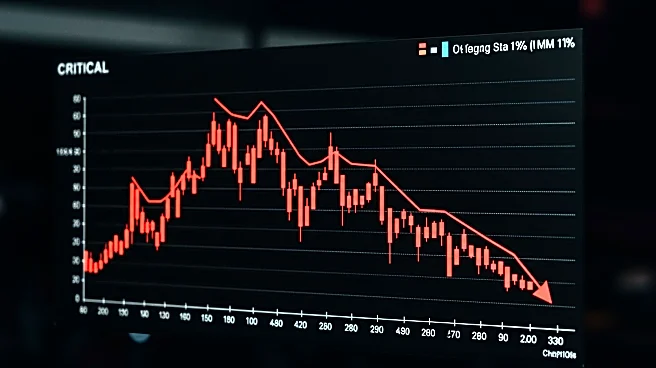What's Happening?
The housing market in Q3 2025 is marked by fluctuating mortgage rates, averaging 6.58% as of mid-August, with a tentative easing of borrowing costs. Despite this, volatility persists due to a fragile labor market, sticky inflation, and geopolitical tensions. Publicly traded REITs face valuation challenges, with cap rates near 5.1%, while industrial and multifamily sectors remain resilient. Office REITs struggle with 85% occupancy and rising delinquencies. Private market opportunities are emerging in undercapitalized regions like the Midwest, offering value-add potential.
Why It's Important?
The volatility in mortgage rates impacts both lenders and real estate investors, influencing strategic decisions and market positioning. The resilience of industrial and multifamily sectors suggests a shift in investment focus, potentially driving growth in these areas. The challenges faced by office REITs highlight the need for adaptive strategies in response to changing market conditions. The Midwest's emergence as a viable investment region reflects broader economic shifts, potentially attracting more institutional investors.
What's Next?
Investors and lenders must navigate the uncertain landscape by prioritizing refinances and tailored loan products. The potential for a September rate cut could narrow the Treasury-mortgage spread, affecting rate trends. Monitoring geopolitical developments and inventory dynamics will be crucial in anticipating market shifts. Strategic diversification across REIT sectors and geographies will be key to capitalizing on emerging opportunities.
Beyond the Headlines
The current market conditions underscore the importance of data-driven decision-making in real estate investment. The focus on resilient sectors and disciplined underwriting reflects broader trends towards sustainable and informed investment practices. The evolving landscape may influence future policy decisions, shaping the trajectory of the housing market and broader economic recovery.











